New issue
Have a question about this project? Sign up for a free GitHub account to open an issue and contact its maintainers and the community.
By clicking “Sign up for GitHub”, you agree to our terms of service and privacy statement. We’ll occasionally send you account related emails.
Already on GitHub? Sign in to your account
GUI: random walk with real-time updates #10
Comments
|
igraph is a library (also for python) that can allow us to generate large graphs. |
Attempting to close even more
|
Closing ths one, bartercast isn't going to be integrated into Tribler any time soon. Hence, there is no direct need for a gui. |
|
Our 2018 work is now deployed and a new "barter" graph is created from the Trustchain crawl Older crawl, from original Bartercast by Rahim; the June 20 until September 9, 2009 crawl. |
|
BarterCast III crawl from 2018 (now named Trustchain) |
|
Real-time render of TrustChain interaction graph: http:https://explorer.tribler.org/visualization |
|
OK, I'll focus on it. |
|
Initial stuff
Current state of the code
Issues
Next sprint (upon discussion with Johan)
|
|
The GUI looks very nice! It might be worth having a discussion about the second point you mentioned. If one wants to take into account the nodes that have downloaded from the seed node as well as the nodes that have uploaded to it then a good way of doing this is by considering bidirectional edges, instead of our current unidirectional ones. This would enable us to evaluate peers, not just based on their up-to download ratio, but also on absolute values. Also, we should think about somehow combining the BFS with the actual random walks to reduce complexity. Otherwise random walks might not be really necessary any more (as was discussed this week). |
|
I totally agree with Alexander that we need a different implementation of edge weights (or directions). I discussed it also with Johan, giving the following extreme case as an example: Consider two nodes which download and upload a huge amount of data from/to each other. At the end, the weight of the edge between them will not reflect the amount of traffic. Moreover, if they upload/download the same amount of data from each other, the weight of the edge will become zero. I think we will come up with it a clever strategy over time. |
|
The current state of the code:
Next sprint
|
|
Easy bootstrap and visualisation idea to take "mathematics-of-trust into production usage. Show the user and include a first version of our trust formula. Possible goal for end of March: genesis trust swarm.
|
|
Detected a problem with both Alexander's and my implementation of random walks. Presented here. |
|
New Attacker model: majority is malicious, however majority of evil nodes are overseas. Brainstorm, combine latency-restricted communication #2541 with the 25MByte boostrap concept (oldest mention):
Decided at last Dev Meeting: we will first launch an "animation-only" version of the genesis trust swarm in Tribler. |
|
PR #4488 |
Fixed missing health update




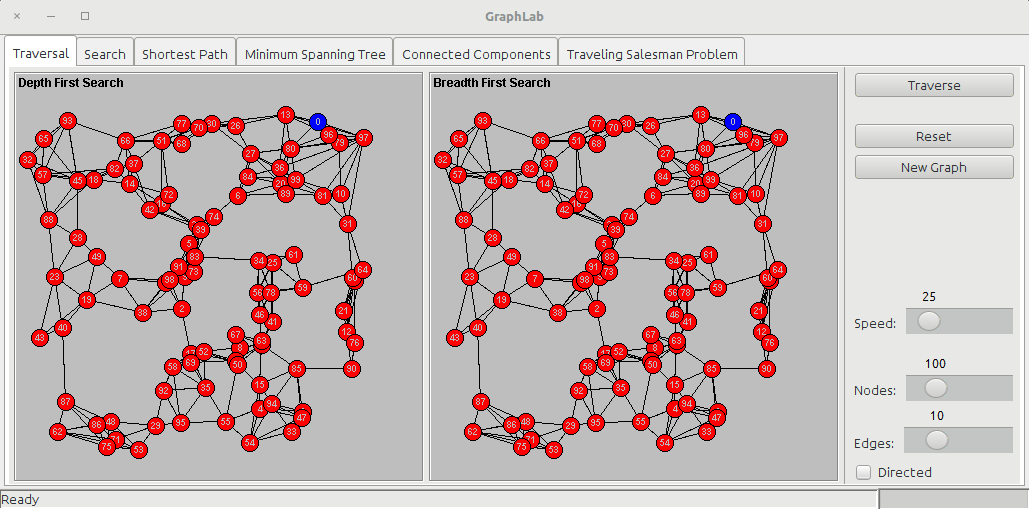
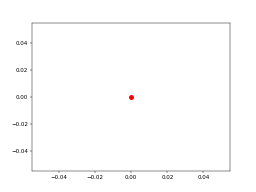


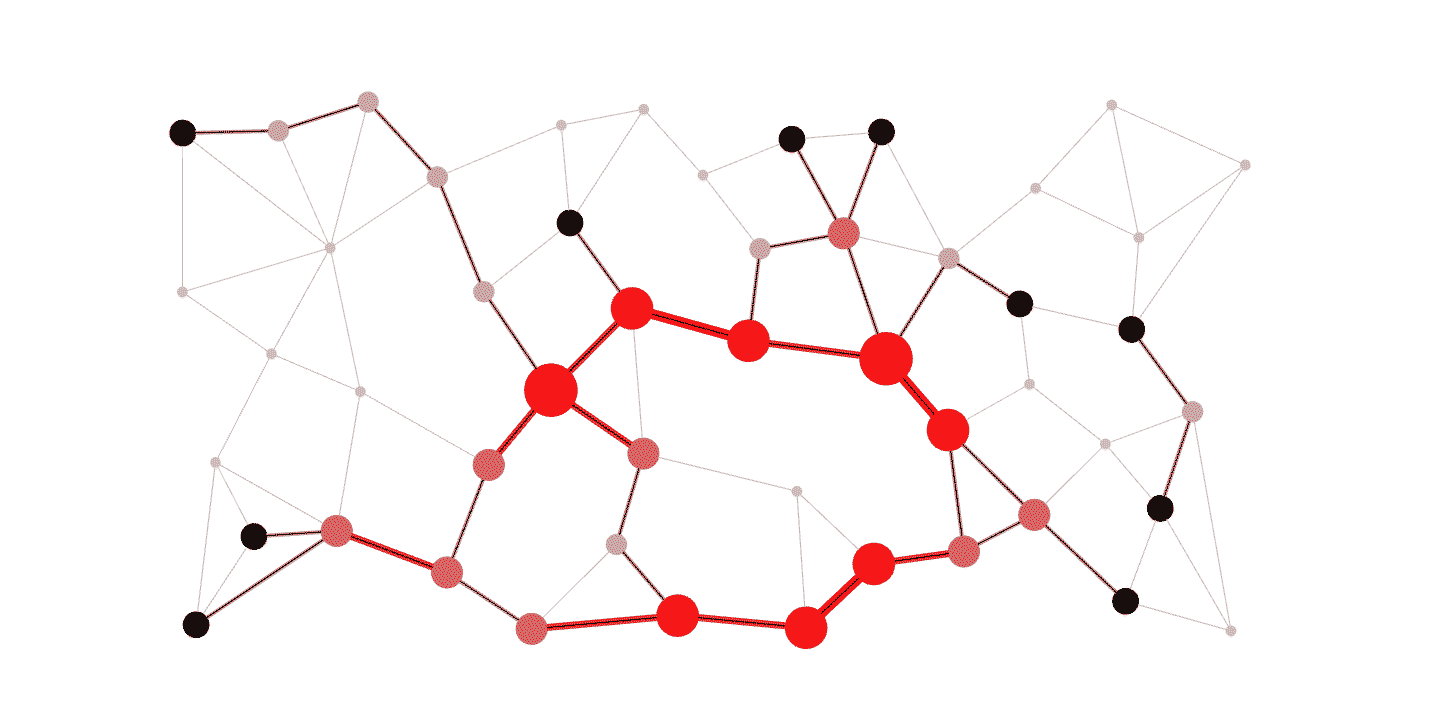
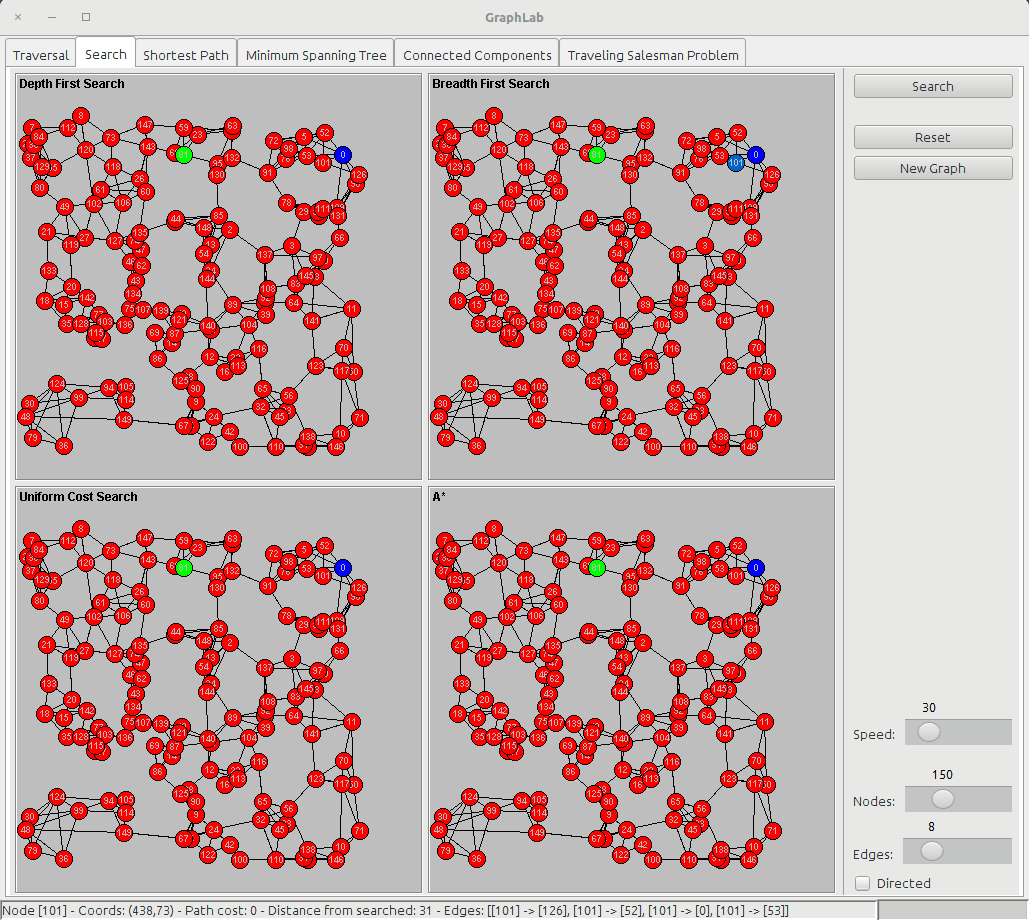
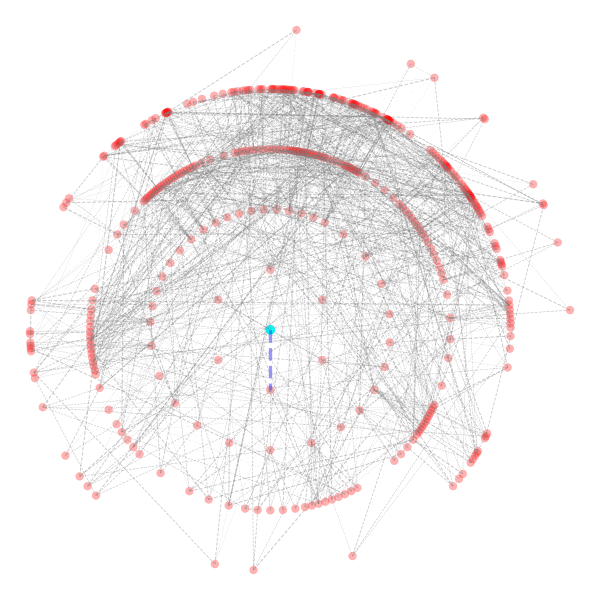


visualization of trust buildup for virtual identities.
Key issues: rendering, smoothing and node placement as nodes get added and pruned.
Depends: #20
initial prototype:

The text was updated successfully, but these errors were encountered: